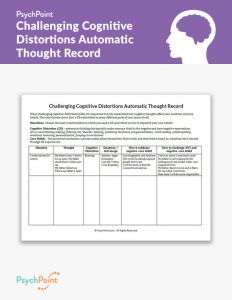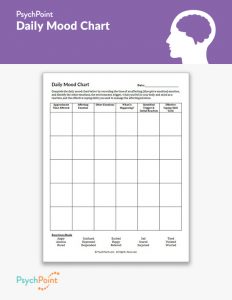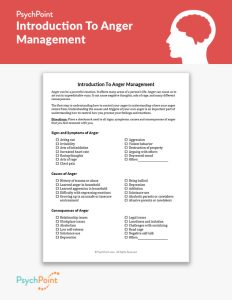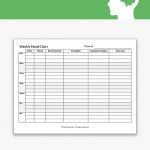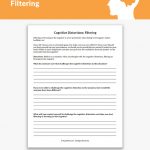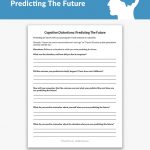Automatic Thought Record Worksheet
Worksheet updated on September 20th, 2023
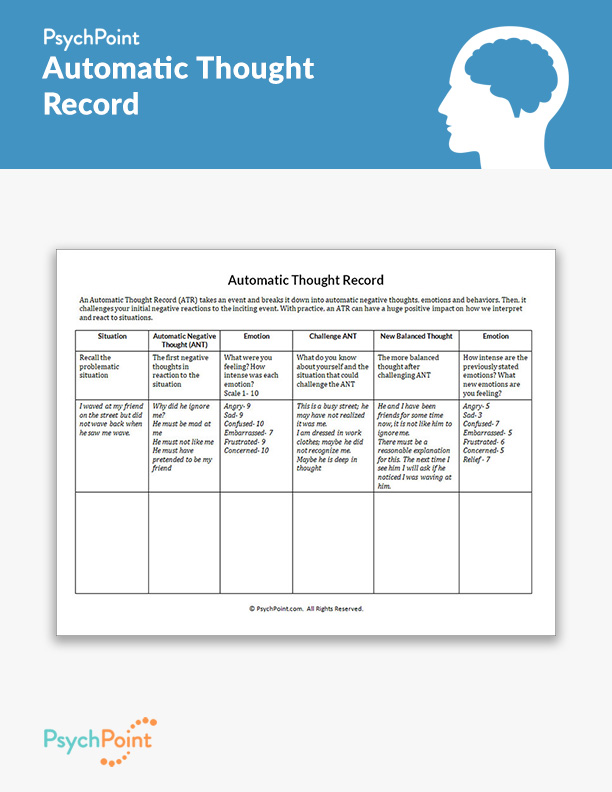
Thoughts can be upsetting sometimes, but the thoughts that upset us are not always healthy or realistic. We often have thoughts in reaction to situations that we may not fully understand or are interpreted through our feelings. Upsetting thoughts can affect how we feel about ourselves, our behaviors, and our emotions, so it is important to know when and how to challenge thoughts that may not be healthy.
Cognitive behavioral therapy (CBT) offers methods to challenge upsetting thoughts. One useful tool that is often used in CBT is an automatic thought record (ATR). Automatic thought records are useful because they help a person take a look at themselves and reflect on their reactions to a given situation.
Using an ATR empowers the user to self-reflect, identify their thinking errors, and understand how their thoughts affect them. It will also help the user to learn how to identify helpful and unhelpful reactions and behaviors. This helps when learning how to modify behaviors and regulate emotions.
About This Worksheet
This is the Automatic Thought Record worksheet. This worksheet is an ATR that is set up to challenge and reframe the user’s thoughts so they become less upsetting and intrusive. It can help people who struggle with insecurities, anxiety, depressed mood, anger management, relationship issues, and social challenges. Adolescents and adults can find this exercise useful when working on slowing down their thoughts and reactions to upsetting situations.
To use this worksheet, the therapist should have an in-depth knowledge of what CBT is and how it can help people develop healthier thoughts. The worksheet can be used in individual and group settings.
Instructions
Before introducing this worksheet, provide a brief education about how thoughts can affect emotions and behaviors. Then, explain how challenging upsetting thoughts can help the client see a situation for what it is, and not based on their snap reactions or painful feelings.
Practice using the exercise on this worksheet with the client before instructing them to use the process on their own. With practice, the client can learn how to apply the ATR exercise during their day-to-day lives and in the moment of an upsetting situation.

